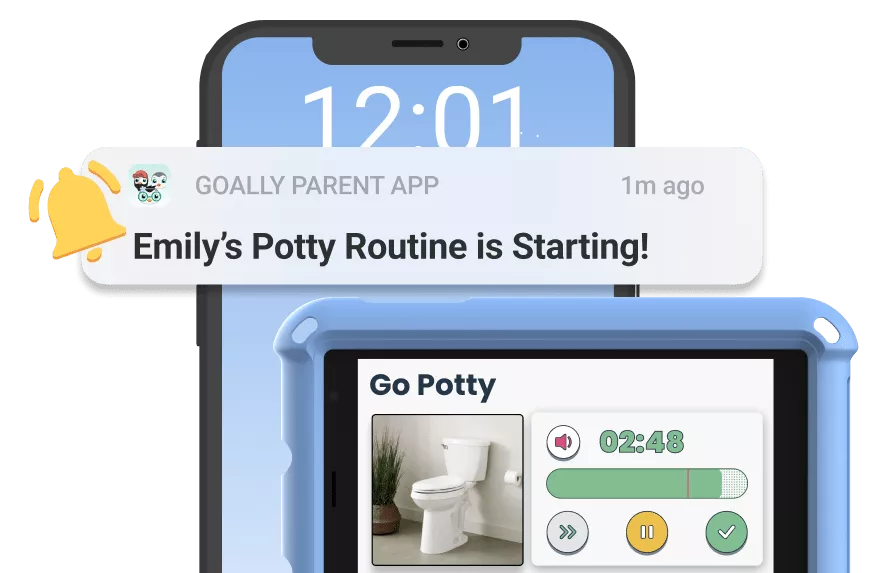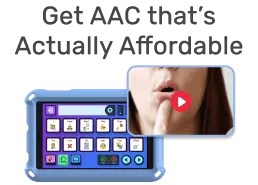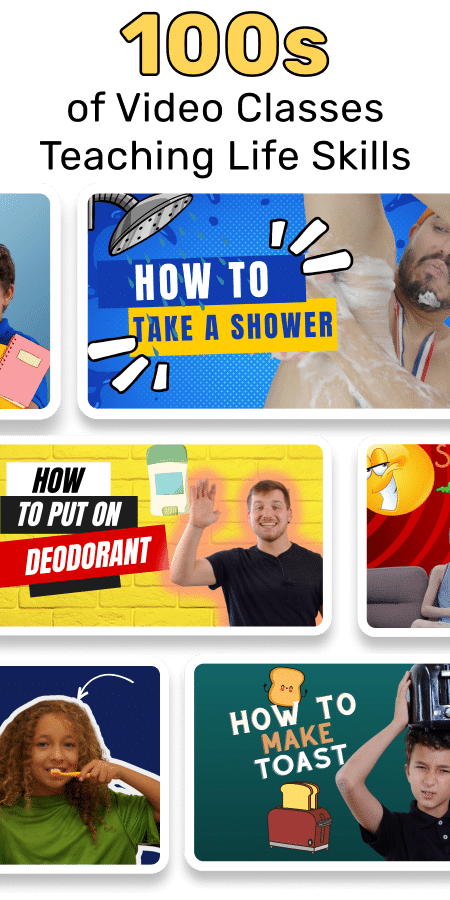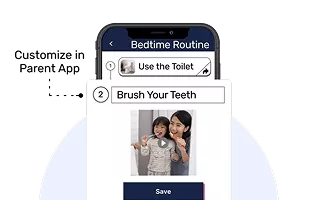Teaching your kid how to pick up toys is an essential skill that promotes responsibility and organization. In this guide, I’ll show you simple, effective steps to help your child learn this important task.
Table of Contents
Key Takeaway:
- Start with clear, simple instructions for picking up toys.
- Make the process fun and engaging with games or music.
- Provide positive reinforcement to encourage consistent behavior.
How can you teach your kid to pick up toys? Start by breaking down the task into small, manageable steps and make it fun with games or music to encourage participation.
Step 1: Begin with Clear Instructions
The first step in teaching your kid to pick up toys is to provide clear and simple instructions. Use language that your child can easily understand, such as “Let’s put the blocks back in the box” or “Can you help me gather the stuffed animals?” This helps your child know exactly what is expected of them.
It’s important to be specific about what you want your child to do. For example, instead of saying “Clean up your room,” you could say, “Please put the cars in the toy bin.” This specificity reduces confusion and makes the task seem more manageable.
Step 2: Demonstrate the Task
Children learn best through imitation, so it’s helpful to demonstrate how to pick up toys. Show them how to place toys in their designated spots, and explain why it’s important to keep things tidy. You might say, “We put the toys away so we can find them easily next time we want to play.”
As you demonstrate, invite your child to join in. Start by doing the task together, and then gradually let them take the lead as they become more comfortable. This hands-on approach reinforces the behavior and helps your child feel confident in their ability to clean up.
Step 3: Break the Task into Smaller Steps
For younger children, the idea of cleaning up all their toys at once can be overwhelming. To make it more manageable, break the task into smaller steps. For instance, you can ask them to start by picking up all the blocks, and once that’s done, move on to the action figures.
By tackling the task in stages, your child can focus on one thing at a time, which makes the overall process feel less daunting. This method also teaches them how to approach larger tasks in a systematic way, a skill that will be useful as they grow older.
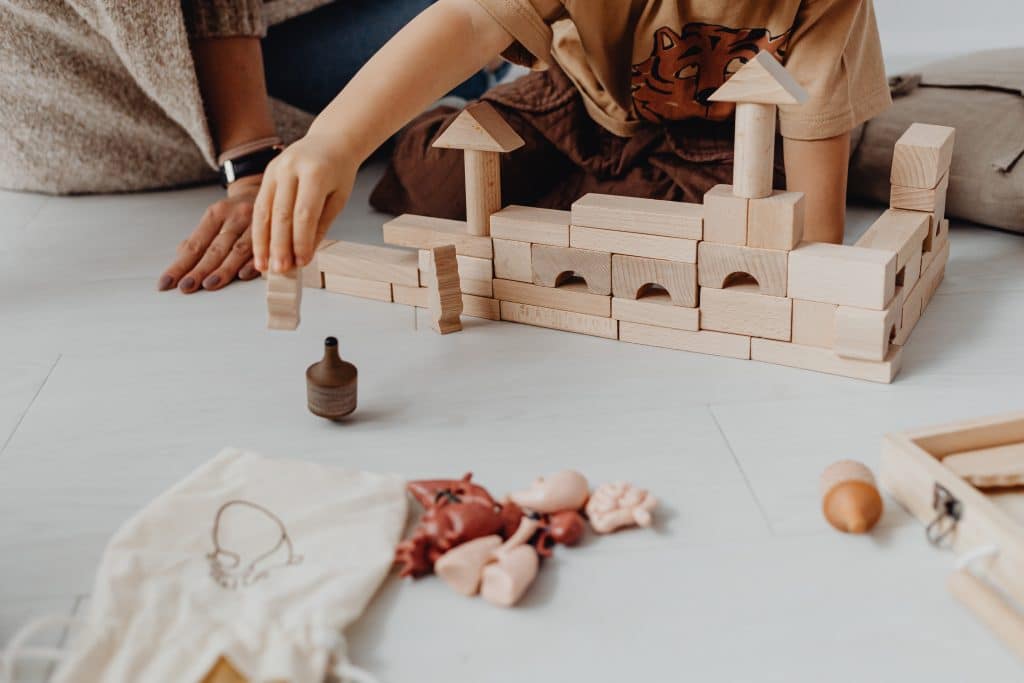
Read more: What Are the Best Sensory Toys for Autism?
Step 4: Make It a Game
Turning clean-up time into a game can make the process more enjoyable for your child. You can set a timer and challenge them to see how many toys they can pick up before the buzzer goes off. Or, you can create a “race” to see who can put the most toys away in a certain amount of time.
Adding a fun element to the task helps to keep your child engaged and motivated. It also shifts their perspective from seeing clean-up as a chore to viewing it as a fun activity. Over time, this positive association can make them more willing to clean up on their own.
Step 5: Use Music to Set the Mood
Music is a powerful motivator, and it can turn a mundane task into something your child looks forward to. Create a clean-up playlist with upbeat songs and let your child pick their favorites to play while they clean. The rhythm of the music can help set a pace and make the process more lively.
Having a dedicated “clean-up song” that plays every time they tidy up can also serve as a cue that it’s time to start picking up toys. This consistency helps establish a routine, making it easier for your child to know when it’s time to clean.
Step 6: Offer Positive Reinforcement
Praise is a great way to reinforce positive behavior. Whenever your child successfully picks up their toys, make sure to acknowledge their effort with praise. You can say something like, “You did a great job putting all your toys away!” or “I’m so proud of how you helped clean up!”
Positive reinforcement not only makes your child feel good about their accomplishments but also encourages them to continue the behavior in the future. You can also use a reward system, such as a sticker chart, to track their progress and provide additional motivation.

Read more: How to Make a Bagel | A Guide for Kids
Step 7: Be Consistent with Expectations
Consistency is key when teaching any new behavior. Make it a habit to have your child pick up their toys at the same time each day, such as before dinner or bedtime. This routine helps them understand that clean-up is a regular part of their day.
Consistency also means holding firm to the expectation that toys should be picked up after playtime. If your child knows that this is always the rule, they’re more likely to accept it and less likely to resist when it’s time to clean up.
Step 8: Create a Designated Space for Toys
Having a designated space for toys makes it easier for your child to know where things go when it’s time to clean up. You can use labeled bins, shelves, or baskets to organize different types of toys. For example, one bin could be for blocks, another for dolls, and another for art supplies.
When everything has its place, your child can quickly see where each toy belongs, making the clean-up process more straightforward. It also helps them develop a sense of organization and responsibility for their belongings.
Step 9: Encourage Independence Over Time
As your child becomes more comfortable with the clean-up process, encourage them to take more responsibility for picking up their toys on their own. Start by asking them to clean up a small area by themselves, and gradually increase the scope as they gain confidence.
Encouraging independence not only helps your child develop self-discipline but also gives them a sense of pride in their ability to complete tasks without help. Over time, they’ll learn that picking up toys is just another part of their daily routine.
Step 10: Be Patient and Supportive
Learning to pick up toys is a process, and it’s important to be patient and supportive as your child masters this new skill. There may be times when they resist or struggle, but gentle encouragement and guidance can help them overcome these challenges.
Remember that every child learns at their own pace, and what’s most important is that they feel supported and understood. Celebrate their successes, no matter how small, and remind them that you’re there to help whenever they need it.
Goally | 100+ Streaming Video Classes
Does your child need some extra guidance on building essential life skills? Goally’s skill building tablet for kids includes a TV app that has the most robust video library of skills training videos for kids. Ranging from content like “How to Brush Your Teeth” to “How to Make Friends at School,” we have dozens of interactive video lessons for kids with thinking and learning differences.

HERE’s a video explaining how to works.
Teaching your kid how to pick up toys is an essential life skill that promotes responsibility and organization. By following these steps, you can make the process fun, engaging, and effective, setting the foundation for good habits that will last a lifetime.
Helpful Resources
FAQs about Teaching Your Kid How to Pick Up Toys
How can I teach my kid to pick up toys?
Teaching your kid to pick up toys is a process involving clear instructions, assistance, and patience. Break it down into steps, provide guidance, and consistently adhere to a toy pick-up routine.
What are the steps to teach kids to pick up toys?
The steps include setting up ground rules, demonstrating how toys are picked up, providing hands-on assistance, positive reinforcement of efforts, consistent repetition of the routine, and slowly transitioning to independent clean-up.
How can Goally help my child learn to pick up toys?
Goally's unique tablet features video classes that break down the task of picking up toys. Through task analysis methods, Goally helps kids learn and practice this skill step-by-step.
Why is it important for kids to learn to pick up toys?
Learning to pick up toys teaches kids responsibility, organization, respect for their environment, and helps to improve their motor skills. It asserts a sense of independence and discipline.
How is the Goally tablet different for teaching kids to pick up toys?
The Goally tablet offers interactive video lessons designed to make learning fun. These lessons divide complex tasks, like picking up toys, into manageable steps, making it a favorite tool among parents for teaching daily life activities.
This post was originally published on 10/12/2023. It was updated on 08/23/2024.
Emily is a seasoned blog writer for Goally, leveraging her extensive background in child psychology and special education to provide valuable insights and resources for parents. Her commitment to understanding and addressing the unique needs of these children, combined with her expertise in educational strategies, makes her a credible and empathetic voice for families.

